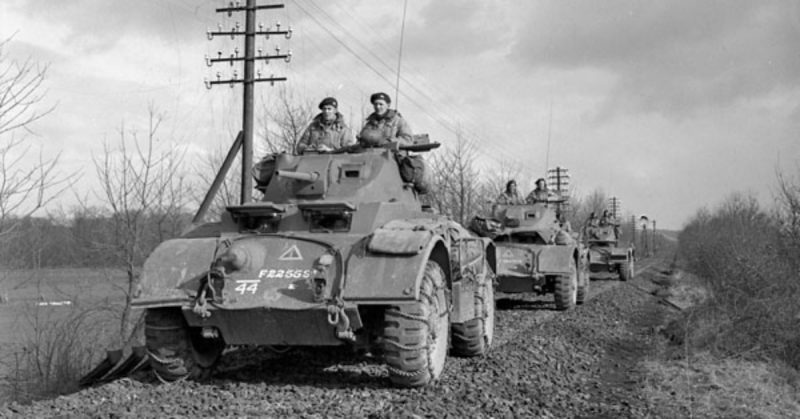The British had been deeply impressed by the performance of German eight-wheel armored cars, so now they asked the Americans to produce an Allied version.
The arsenal of democracy, America, provided many of the weapons, ammunition, and vehicles that were used by the Allies in the Second World War. Given the country’s burgeoning automotive industry, it’s not surprising that armored cars were an important part of this.
M3A1 White
Officially designated the M3A1, this vehicle was usually known as the White scout car after its manufacturer, the White Motor Company of Cleveland, Ohio.
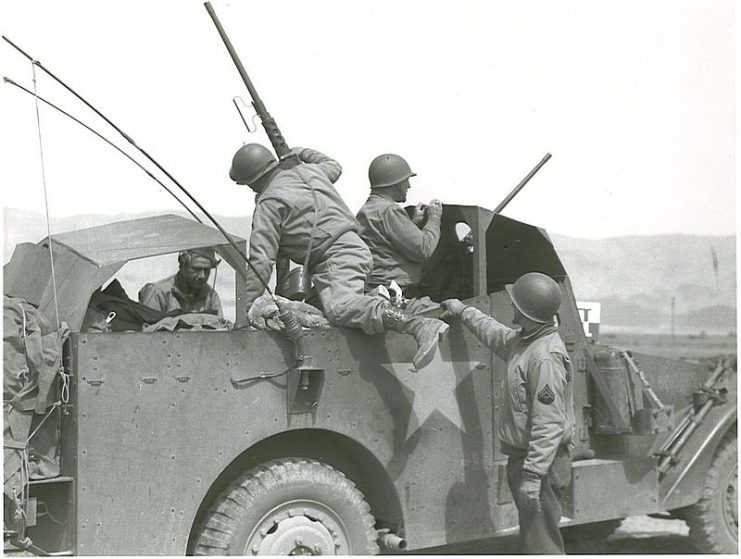
It emerged from a period of experimentation during the 1930s, when the US Army tried out a range of different wheeled cars to find one for use by armored cavalry. In June 1939, months before war broke out in Europe, the M3A1 was adopted as the standard choice.
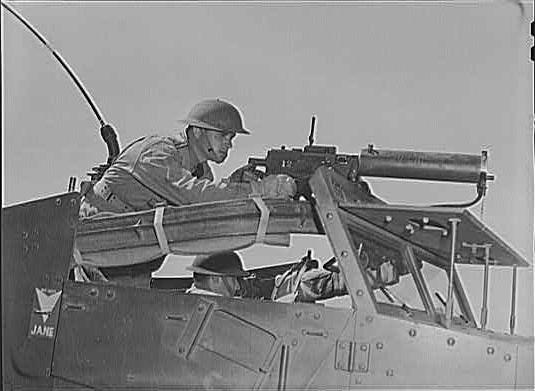
An all-wheel drive vehicle, the M3A1 had an open-topped armored body over a strengthened chassis. There was space for the driver, commander, and six passengers.
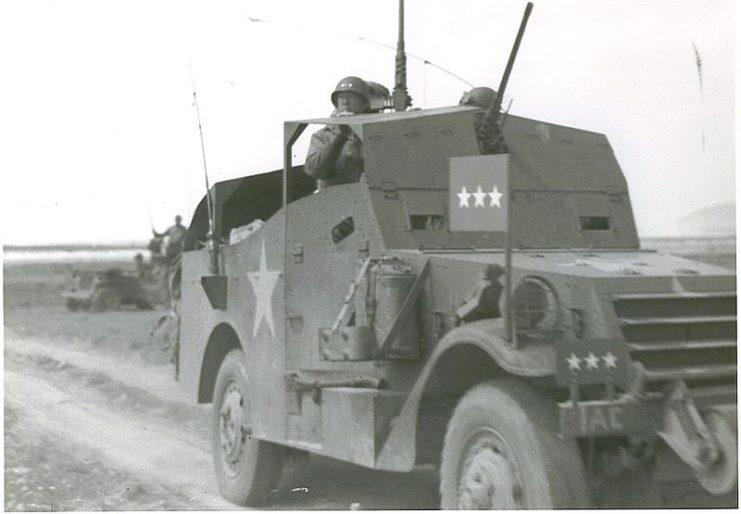
A rail around the rear compartment supported a .50 and a .30 machine gun, which could be dismounted and placed on tripods. A hinged steel plate containing visions slots could be raised to protect the shatterproof windscreen, at the cost of restricted vision.
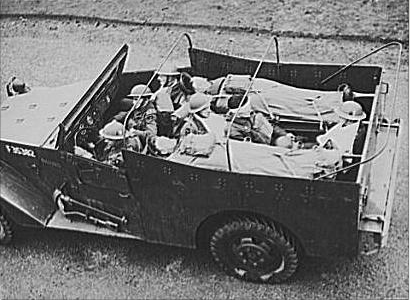
The M3A1 was used by all branches of the US Army, as well as by Allied countries including the United Kingdom.
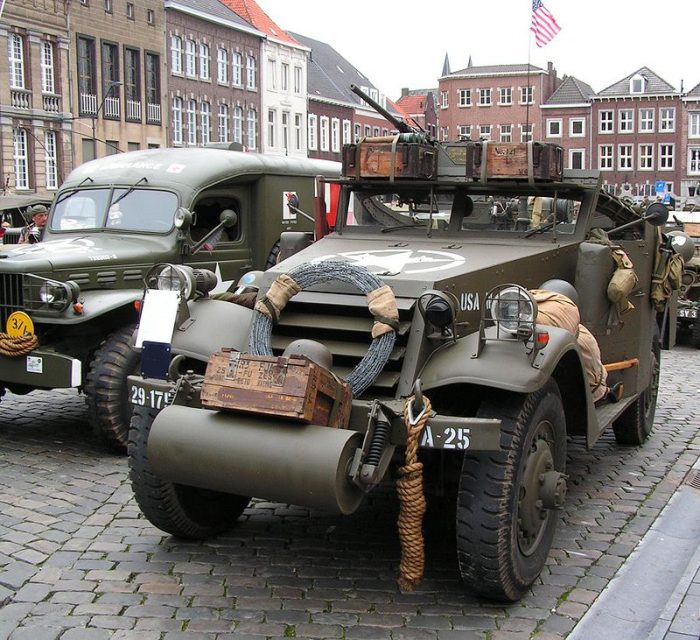
T17E1 Staghound
The T17E1 Staghound had a strange developmental history. Work on it began in the summer of 1941 as a joint project between the US Armored Force and British Army representatives in Washington.
The US wasn’t yet a belligerent in the war raging around the globe, but under the leadership of President Roosevelt, it was providing a steady stream of arms and equipment to the Allies, while the political wheels turned towards a more active role. It was a reflection of America’s lopsided approach to neutrality that its own military was working on war materiel with a combatant nation.
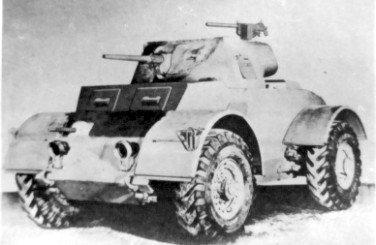
The result was the T17E1, produced by Chevrolet, but no sooner had the design been finalized than confusion about American military vehicle development put its future in doubt. The order for these vehicles was cut back from 3,500 to 250, then canceled entirely.
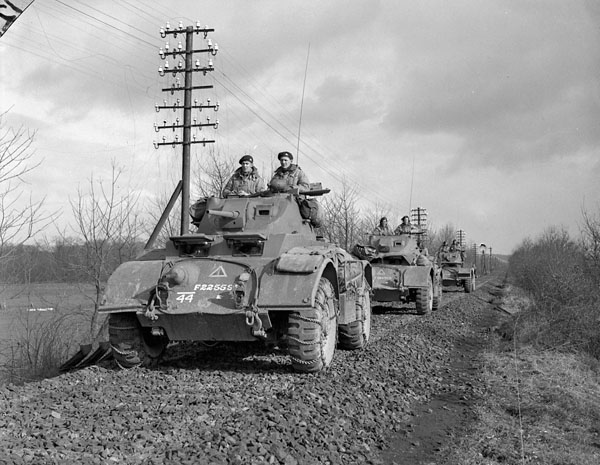
The project was saved by the British. They kept the T17E1 in production, purchasing over 2,800 of them as well as 1,000 of the T17E1 variant, which was equipped for anti-aircraft fire.
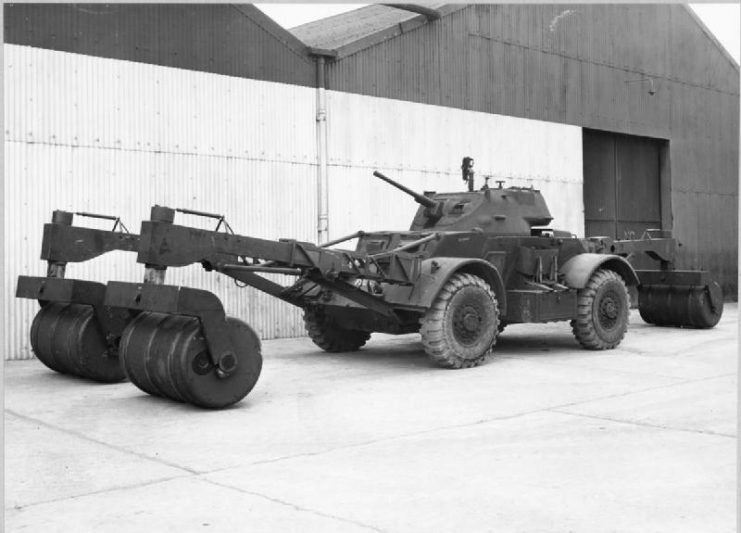
A four-wheel drive armored car with a turret on top, the T17E1 came with a 37mm gun as standard. Once exported to Britain, this was often replaced with 3-inch tank howitzer for close support work, or with a 6 pounder gun, for which the entire turret was replaced with one designed for the Crusader tank.
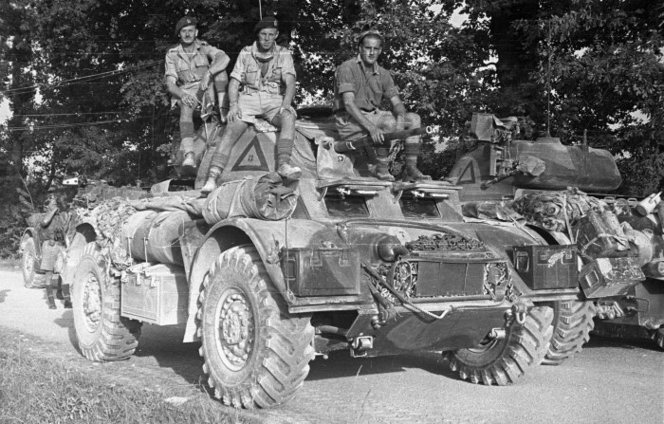
T18E2 Boarhound
During the war, the race to develop better weapons led to many dead ends. The T18E2 was one of these.
Early in 1942, with the US now officially in the war, British and American military staff again put their heads together to discuss potential armored car designs.
Since early in the war, the British had been fighting the Italians and Germans in the deserts of North Africa. There, they had been deeply impressed by the performance of German eight-wheel armored cars, so now they asked the Americans to produce an Allied version. The result was the T18.
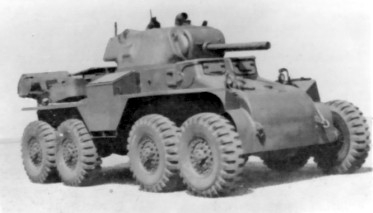
The original T18 had the turret of an M3 light tank with a 37mm gun. The British believed that a heavier weapon would be needed, leading to a variant, the T18E2, with a 57mm weapon.
While this was happening, Board of Review standards were brought in that made the T18 too heavy for service in the American forces. As with the T17E1, production was shut down. Thirty vehicles already being built by General Motors were finished and sent to Britain.
By now, the war in the desert was over and the troops stationed there were heading north to fight for Italy. The conditions that had created demand for the T18E2 were no longer relevant. It was only used for testing purposes.
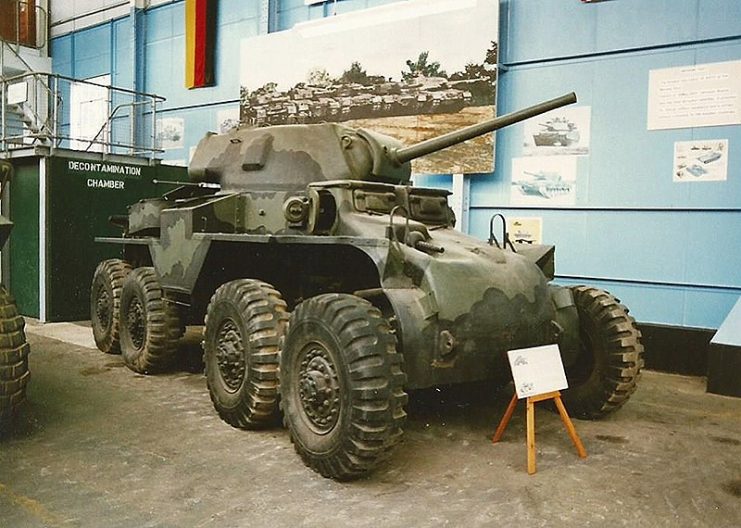
M8 Greyhound
Far more successful was the M8, the most widely used American armored car of the war.
This vehicle evolved out of a design for a wheeled tank destroyer. When it was decided in early 1942 that that vehicle wasn’t needed, the designers didn’t throw away all their plans. Instead, they altered them to create a six-wheel armored car.
The design met the criteria laid down by the Board of Review, and within months a standardized design was accepted. Production began immediately courtesy of the Ford Motor Company, and the M8 entered service in 1943.
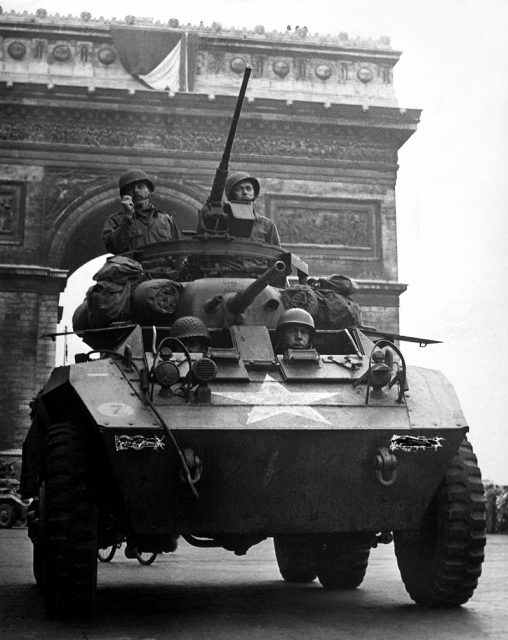
The M8 had a welded body with an open-topped turret that carried a 37mm gun. It had four crew members – the driver and bow gunner in the front, and the main gunner and commander in the turret. The engine was mounted in the rear. It performed extremely well on roads but was less effective across country, as it couldn’t cross most ditches.
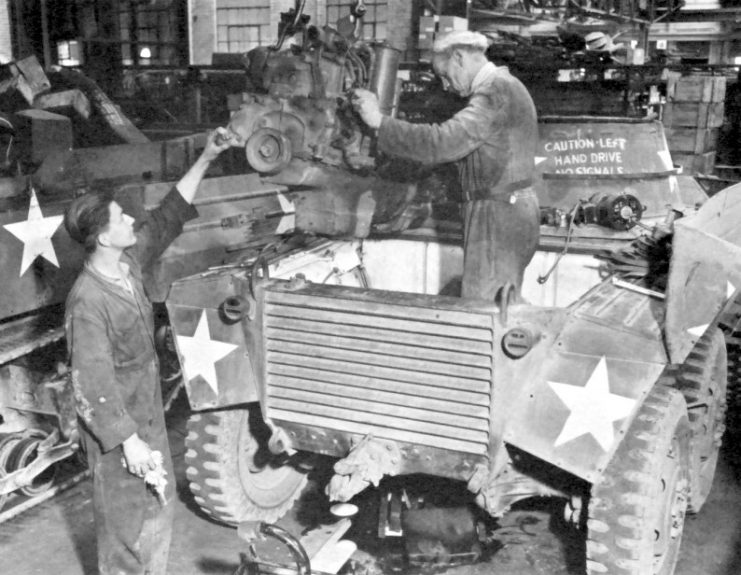
Over the course of the war, 8,523 M8s were produced. They were widely used, seeing service not just in the US Army but also in British forces, who were often reliant on their trans-Atlantic partners for equipment. After the war, both countries sold off their supplies of M8s, which became a feature of armies all over the world, especially in Africa.
Read another story from us: German Armored Cars – The SdKfz 220s in Photos
M38 Wolfhound
Developed by Chevrolet, the M38 Wolfhound was an attempt to improve upon the M8. The most important change was a rearrangement of the wheels for better cross-country performance. Independently suspended oversized tires made for a more comfortable ride. A 37mm gun again sat in the turret, on top of a body well designed to deflect shots from the front.
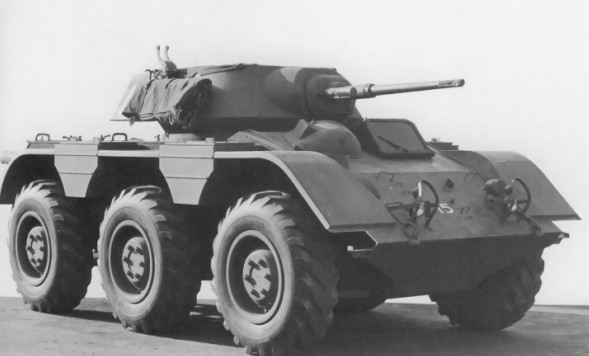
The M38 was standardized in March 1945 but by then the war was nearly over. The US Army declared that it had enough M8s to see it through and that it didn’t need a new armored car. The M38 was canceled.
